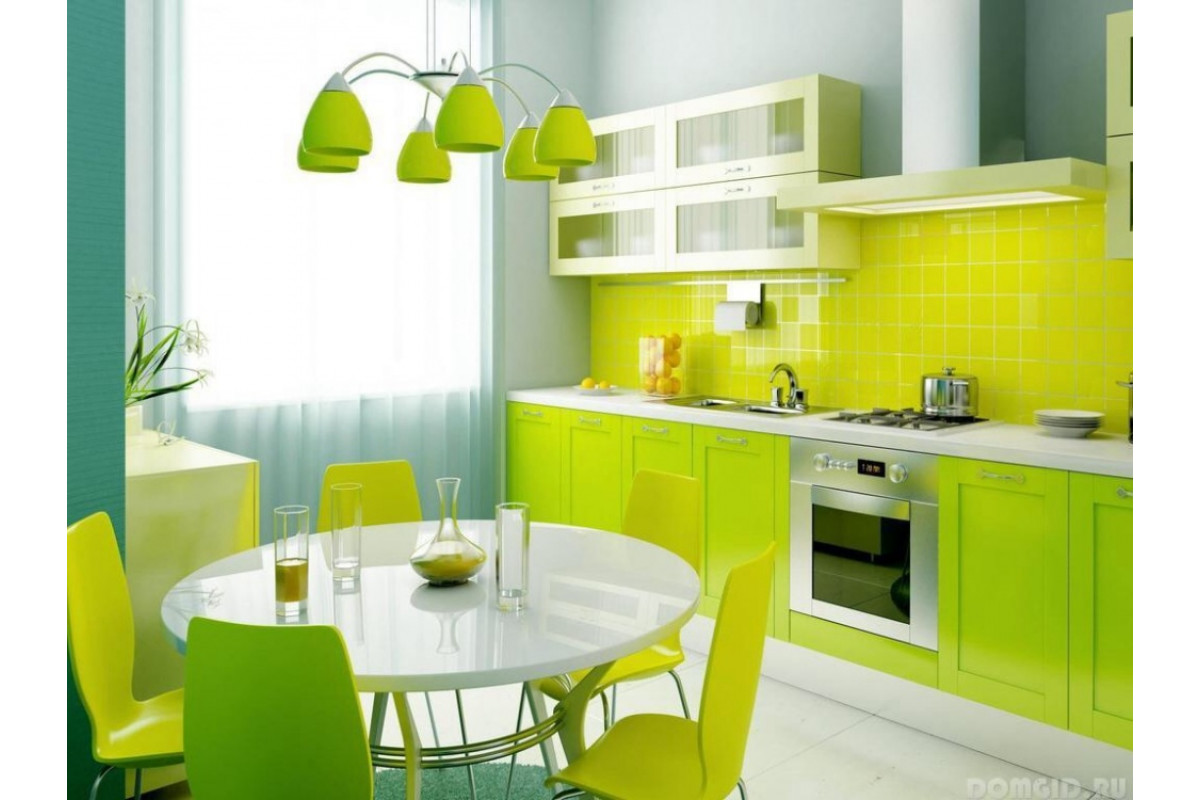The materials for finishing the kitchen homes from the site http://myhousewithme.com/ have special requirements. They must be moisture-resistant, durable, able to withstand temperature changes, easy to clean and be beautiful. We suggest you consider the main materials used for finishing kitchen walls, and choose the appropriate option.
Ceramic tiles
Ceramics are a universal material for the kitchen. It is used for finishing the floor, the apron, and the area next to the sink. Tiles are ideal for tiling and wall. A variety of options allows you to choose a suitable material in different styles, colors and textures. Ceramic tile is smooth, matte, with a pronounced texture, single-color or decorative pattern. There are types of tiles that imitate different materials: stone, metal surface, wood, textiles. There is an opportunity to lay ceramic tiles in the form of mosaics and panels.
The main advantages of tiles:
- high wear resistance;
- resistance to detergents;
- ease of cleaning;
- affordable price;
- a variety of styles and colors;
- the possibility of independent cladding.
Tile can be used as an independent material or combined with other types of finishing. The working surface for tile must be carefully prepared and leveled.
Paint
Most often in the kitchen, moisture-resistant water emulsion paint is used. It is easy to clean and repaint if necessary. There is antimicrobial paint for walls. It protects the surface from the formation of mold and mildew, it does not turn yellow over time.
Advantages of water-based emulsion paint:
- safety;
- absence of odor;
- good protection of the surface from moisture;
- quick application and drying;
- a wide choice of colors.
Before applying water-based emulsion, the wall surface should be leveled and primed. The best method of application is in several layers.
Wallpaper for the kitchen
As a rule, wallpaper for painting and washable wallpaper is used in the kitchen. The most common are vinyl wallpaper and glass wallpaper. Even the most durable wallpaper is not recommended for use in working areas. It is better to decorate the walls in the dining area, where there is no need to wash them often.
The advantages of wallpaper for the kitchen:
- excellent appearance;
- moisture resistance;
- hide minor surface imperfections;
- create an individual space;
- the ability to repaint the surface.
Plastic panels
Practical and budget method of finishing walls. The panels are made of high-strength plastic that is resistant to high temperatures. Manufacturers produce plastic panels imitating different finishing materials: wood, stone, tile.
Advantages of plastic panels:
- low price;
- quick installation;
- ease of care;
- many color options.
The walls for plastic trim do not need to be specially aligned. Panels are mounted on a crate or mounted on glue, hiding the unevenness and roughness of the walls.
Decorative plaster
Structural coatings in the kitchen look spectacular and stylish. When choosing relief plasters, you should know that they are quite difficult to clean. But this disadvantage can be minimized by covering the surface after applying plaster with special protective compositions. There are also smooth types of plasters, very beautiful and pleasant to the touch.
The advantages of plaster:
- great design;
- long service life;
- easy to clean;
- a variety of options.
Decorative plaster is an expensive material that requires preliminary preparation of walls for smooth plaster and skillful application. To retain its beauty and properties for a long time, you should equip the kitchen area with additional ventilation.
The choice of material for kitchen walls is largely determined by the budget of the repair, personal preferences and the planned time spent on repairs.
